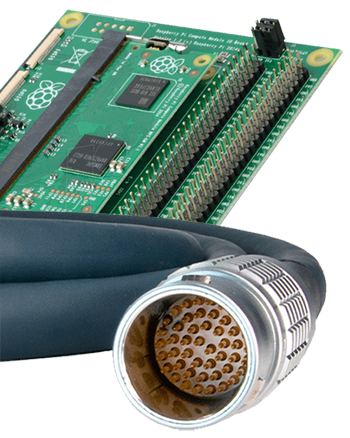PCB Assembly Types

Single-Sided
The most straightforward and most affordable PCBs consist of one copper layer laminated to a non-conductive substrate layer. One side of the board contains all pathways.

Double-Sided
A more versatile option, double-sided PCBs incorporate circuitry on both sides of the PCB. These boards have three total layers, consisting of two layers of copper on either side of a non-conductive substrate.

Stacked
The most complex and expensive, multi-layer PCBs enable intricate circuitry that would be impossible to contain in one or two layers. These boards allow for maximum component density by moving some traces to the board’s interior, freeing room for additional SMT components on the exterior.













